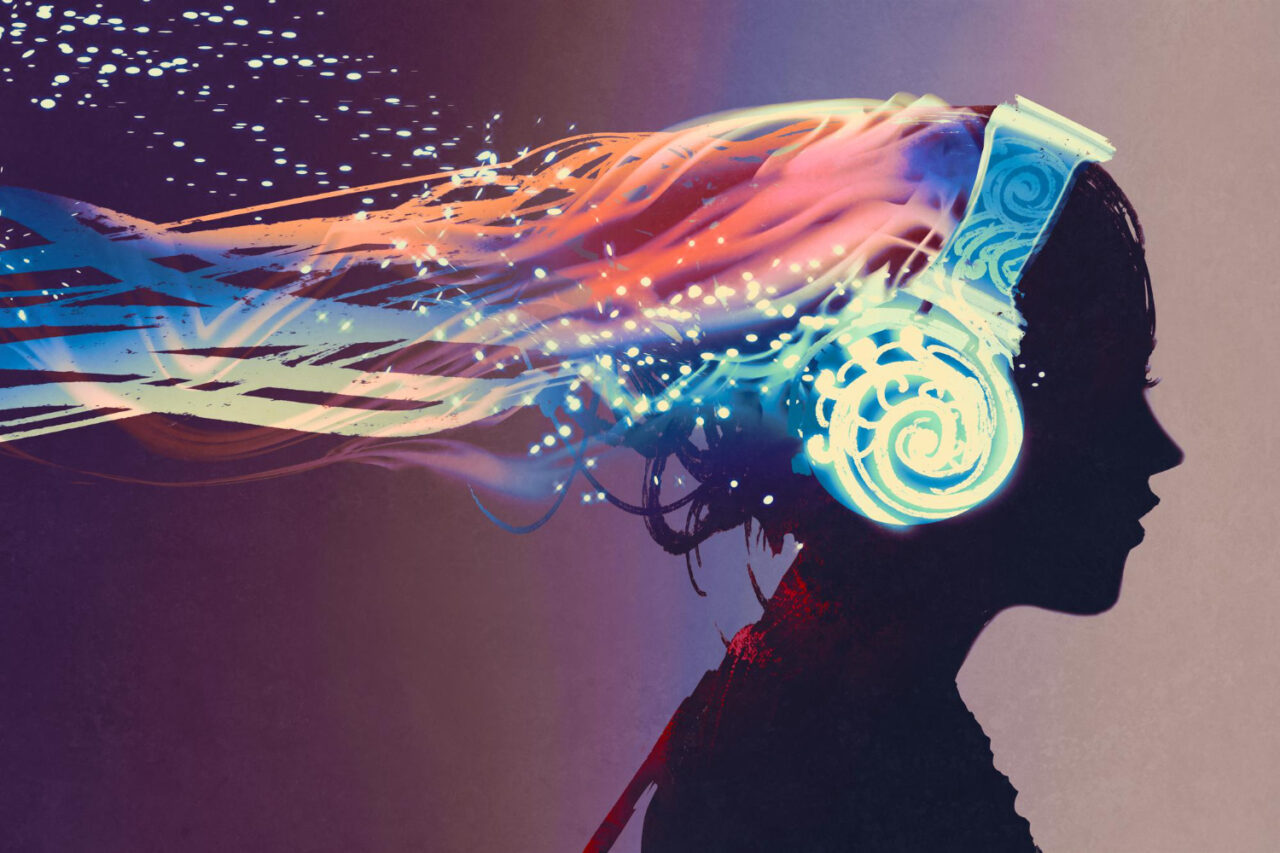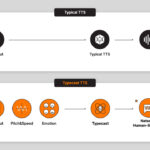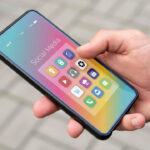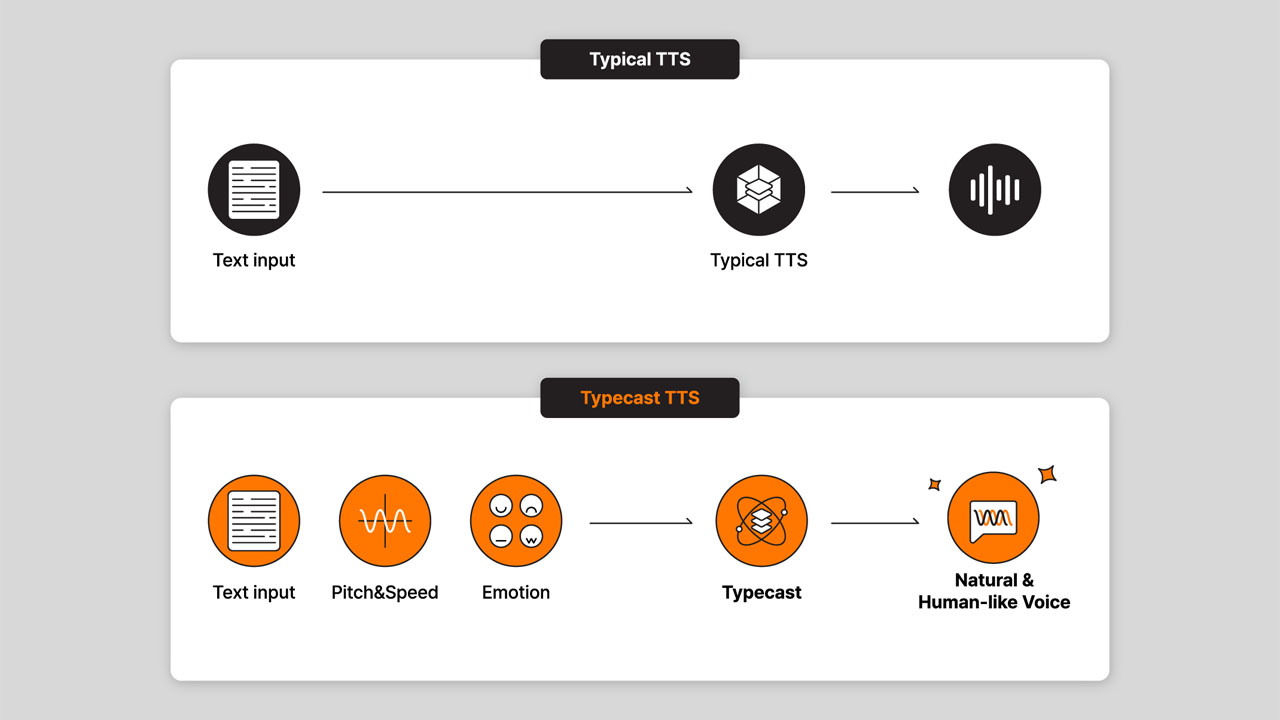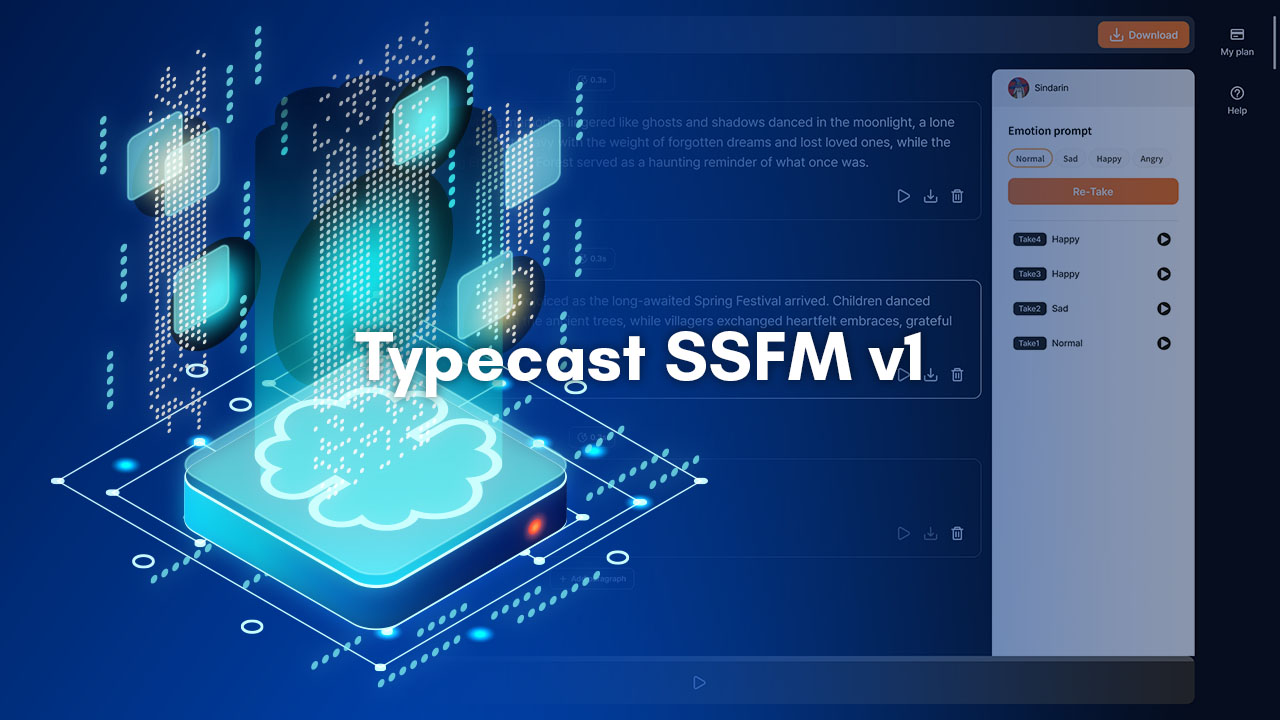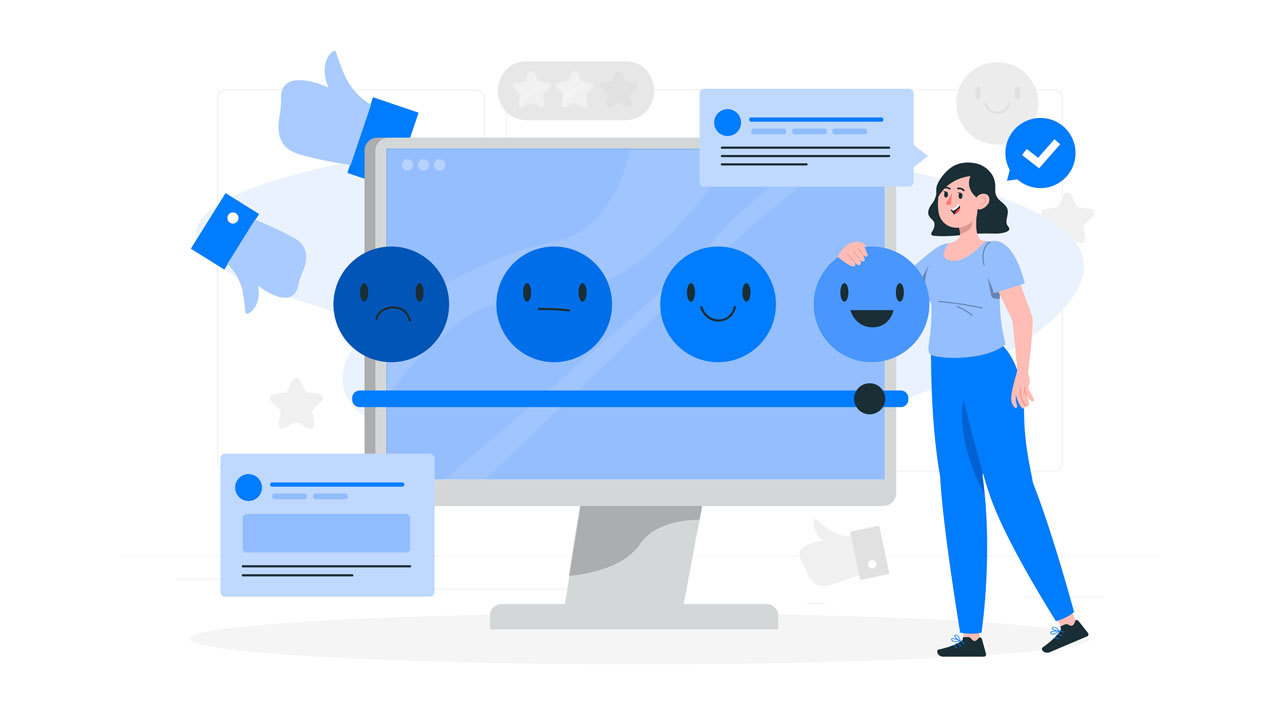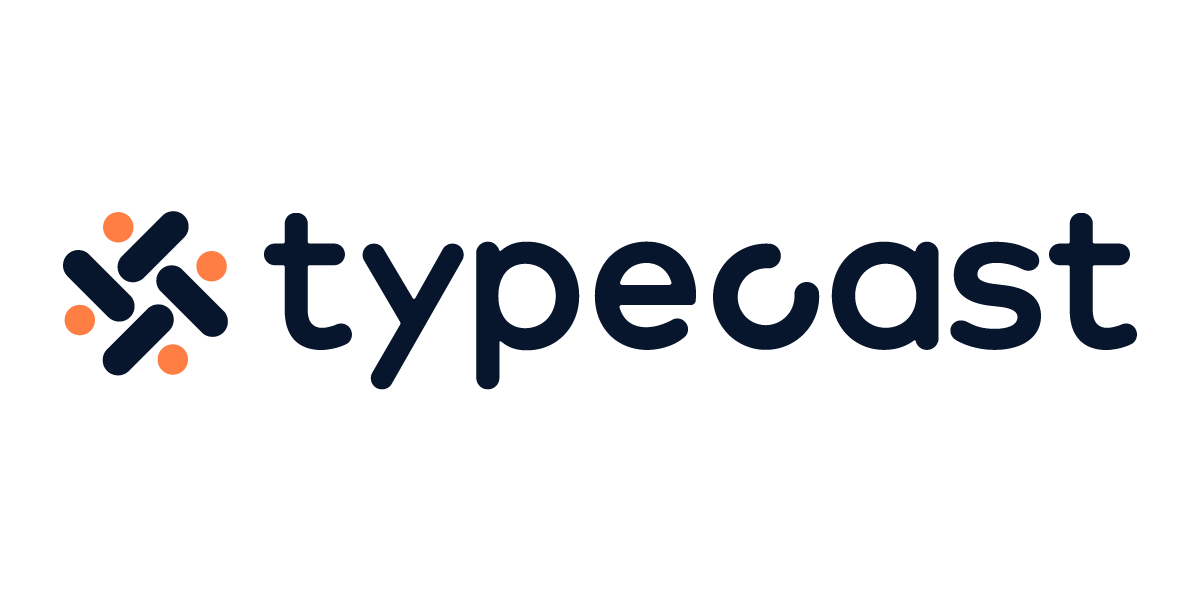As AI and machine learning technology evolve, it has become clear that computers will only replace creatives later. Instead, there is a growing focus on ‘generative AI‘ – systems that can discover their solutions.
“From 2022 to 2030, generative AI will be worth USD 110.8 billion, an increase of 34.3% CAGR over the USD 7.9 billion market in 2021.“
This is helping to inform technology used in everything from visual design to music production and original writing. But is creativity something that can be programmed? Can it be taught to robots? Can we automate our creative processes? How close are we to achieving this, and what will it mean for creatives?
Let’s dive deep to learn something!
What is Generative AI?
To put it simply, Generative AI is a subfield of artificial intelligence that focuses on the creation of new and unique content, rather than simply identifying patterns in existing data.
The goal of generative AI is to enable machines to create new, never-before-seen content, such as images, music, text, and more.
Generative AI, such as DALL·E 2 or ChatGPT, is a form of artificial intelligence that uses machine learning to create new content, such as AI generative music, art, and code. The technology can generate new and unique images and videos, but it can also be used to generate original ideas.
“Generative AI is like a magic wand for creating new and unique content, from music and art to scientific discoveries and technological innovations.” – Ian Goodfellow, Researcher Scientist at Google
Generative AI is changing creative work by:
- Making new and unique content much more time efficient and simplifying the overall process. An example would be ChatGPT’s ability to write an entire article just by simply asking it to do so.
- Enhancing your capability to create high quality content even when you do not have the skills to make it happen. Such as NovelAI’s capability of designing anime characters just by describing it with words.
- Allowing us to personalize existing content in ways that were only possible by a small number of professionals who spent many years to acquire their trade skill.
The term “generative” refers to creating something from scratch rather than copying something already existing. In this case, the machine doesn’t just copy what happens naturally in nature but instead creates its content based on algorithms designed by humans.

How Generative Is AI Changing Creative Work?
In the world of content generation, AI has been a key player for a while. Already, we’ve seen AI used to create everything from music to art. But it’s not just about creating new content; it’s also about creating more.
Here’s how it’s changing creative work!
Hyper Efficiency
While generative AI has the capability to create amazing works of art or contents, it has the capability to do so much more. Generative AI can even be applied to computer programming, giving accurate answers to complex questions without the need to do a Google search.
Generative AI can also summarize novels, textbooks, and articles for you so that difficult or more time consuming actions can be simplified and easier to understand. This alone can revolutionaize the way we study or learn in the future.
Personalized Content
Generative AI can help deliver personalized content to your customers and users. For example, if you have an ecommerce website, you can use Generative AI to create images of products according to the user’s preferences.
The user would then be able to choose from images based on their tastes and preferences before buying the product.
Improved Content Quality
One of Generative AI’s biggest advantage is its ability to improve the quality of content by identifying bias and subjectivity in human decision-making processes, although within the confines of its own limits.
Companies can rely on algorithms to ensure that their messages are always consistent and relevant to their audiences.
Increased Content Variety
In addition to improving the quality of content, Generative AI is also expanding the quantity available through automated curation and generation. By using machine learning algorithms to identify patterns within data sets, companies can create high-quality content while minimizing the time and resources spent on manual labor.
Automated Content Generation
Artificial intelligence has made it easier for businesses to automate their content generation processes and provide their customers with fresh new content on an ongoing basis.
This can be done through publishing platforms like WordPress or Squarespace, which allow users to upload text-based blog posts and automatically publish them on specific dates or times throughout the week (or even the year).
Businesses can also use AI-powered tools like Unbounce’s A/B testing tool to test various versions of their websites and landing pages before launching them live on the web.
Democratized Creativity
Generative AI also has the potential to democratize the creative process by allowing individuals with little or no technical training to create high-quality content. For example, an artist could use a generative art algorithm to create a new image, or a musician could use a generative music algorithm to compose a new song.
Applications of Generative AI
Generative AI has many applications in machine learning, particularly in text analysis and speech synthesis. This technology can be used for:
Image Generation
One of the greatest application of Generative AI is its mindblowing ability to develop very high quality works of art with just simple text inputs.
Generative AI programs such as Dall-E, Midjourney, Stable Diffusion, NovelAI, etc. have been making the headlines lately especially when an AI-generated image won a local art contest in Colorado’s State Fair.
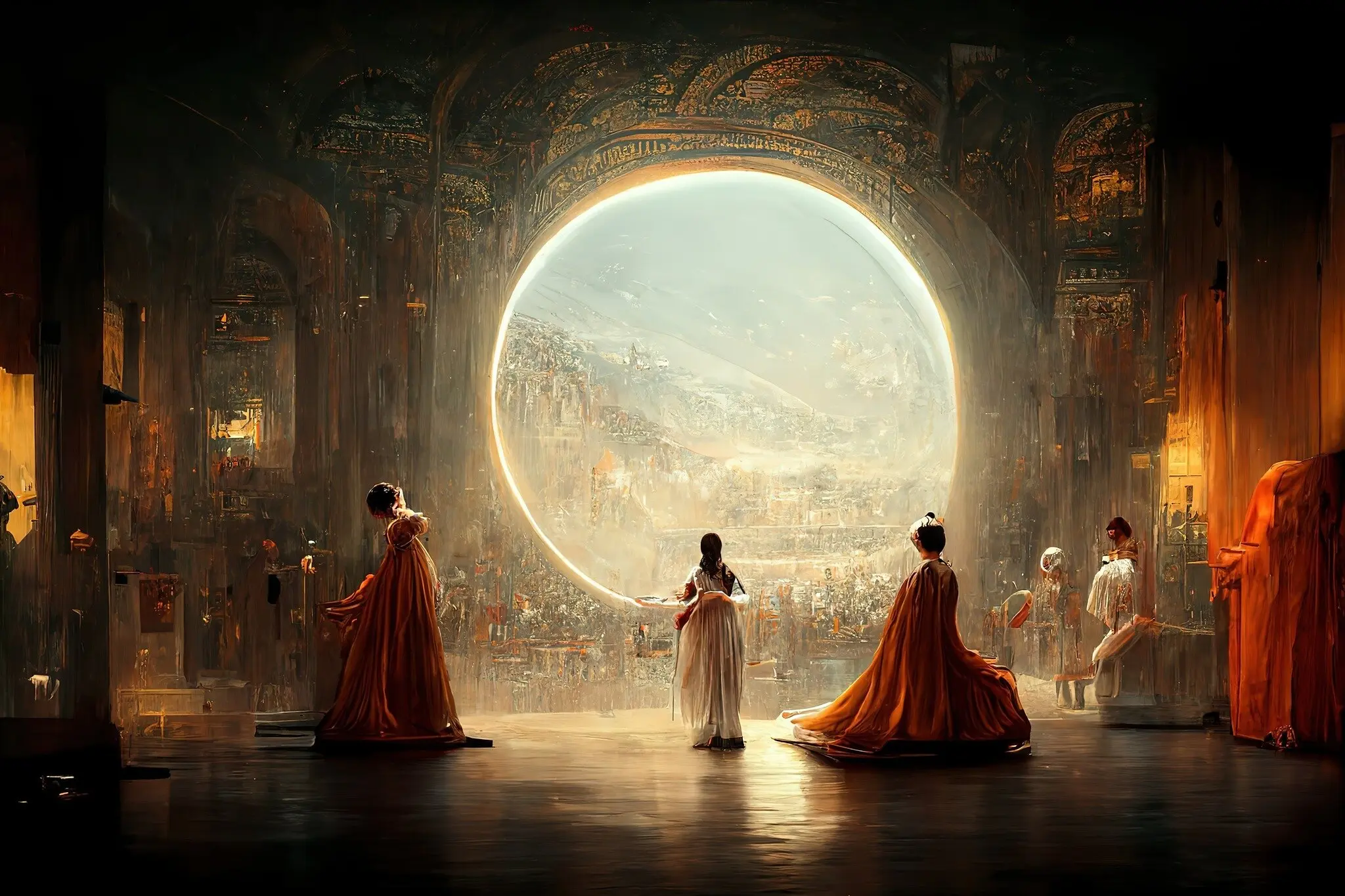
Written Content Generation
From blog articles to copywriting, Generative AI has the capability to build unique sets of written content that can be used in your blog, website, e-mail, and even essay. A powerful tool that can reduce hours of work and research into minutes.
Take the tool Jasper for example, it utilizes AI to build unique copy that can be used in any of your marketing campaigns. A powerful tool for marketers, influencers, and content creators in general.
Computer Programming
It’s already fascinating that Generative AI has the capability to paint images or write blog articles for you, but did you know that it could also write computer code? What could have taken several hours, days, or even weeks for a software engineer to solve, could be processed and delivered by Generative AI.
Although there are still quite a bit of issues, the technology has been rapidly developing, coming up with more solutions to more complex problems as time passes.
Video Generation
Video generation is another application of Generative AI. You can feed your system a few seconds of video footage and ask it to generate another video based on what it has learned from previous videos. This technology can be used in various ways, including creating movies or TV shows with virtual actors that look realistic enough to fool us into believing they’re real people!
Art and Music Composing
With technological advancements, generative AI art and music are becoming more accessible to the masses, allowing anyone to generate images that cannot be created by hand. For example, software like Google’s DeepDream and Magenta, which uses neural networks, allows users to create their unique visualizations of images.
Shortly, we’ll see AI movies, which can create new and unique storylines, characters, and even entire worlds that were never possible before.
Gaming
Games like Minecraft and No Man’s Sky have used Generative AI to create new worlds for players to explore through procedural generation (the generation of content through algorithms). For example, No Man’s Sky uses procedural generation to build planets based on star systems — each planet will look different. Still, they all follow similar patterns and rules determined by the developer beforehand.
Text-to-Speech (TTS) and Virtual Humans
You can generate synthetic voices from real speech samples using deep learning techniques. This is useful for making voice assistants like Siri sound more natural, creating a translation application that reads out translations aloud, or even creating Generative AI character voice text to speech for use in animation, gaming, or other interactive media.
By training on a large dataset of speech samples, the model learns to replicate the nuances and characteristics of a specific voice, allowing for a more personalized and believable experience.
A great example of Generative AI use in this field would be the virtual actor service, Typecast. Typecast uses deep learning to manipulate real speech samples to produce human-like AI generated voices with different ranges of emotions, making it sound more natural and engaging. Creators can now produce video content by typing down their script and receive their desired mp3 file all within a few simple steps.
AI generated virtual humans and presenters can also be made using Typecast, this saves the time and money from hiring an actual actor to produce training videos, compliance videos, product explainers, etc. You can make a video presentation in a fraction of the time it would take to cast, direct, and produce video content.
Generative AI has now simplified and enhanced the way creators build content without the need to hire an audio production studio. These solutions help the creators focus more on creativity rather than administration.
Generating Synthetic Information
Generative models can generate entire datasets — not just fake news articles! You could generate synthetic data on demand instead of waiting for new information to be released by companies or government agencies.
We see that Generative AI opens up new and exciting possibilities for human creativity. Given that this technology is in its infancy, it’s hard to know how far it will advance over the next few years.
But given the rapidly increasing interest in the subject and the massive amount of capital available to entrepreneurs, we expect to see many exciting developments over the next few years.
Last Words
Overall, Generative AI is a rapidly growing field with a wide range of potential applications, and it has the potential to revolutionize many industries and change the way we think about creative work.
Such as the invention of the printing press, the development of the internet, age of social media, Generative AI will soon become the new medium in which we convey thoughts, communicate, and express our inner most being.


